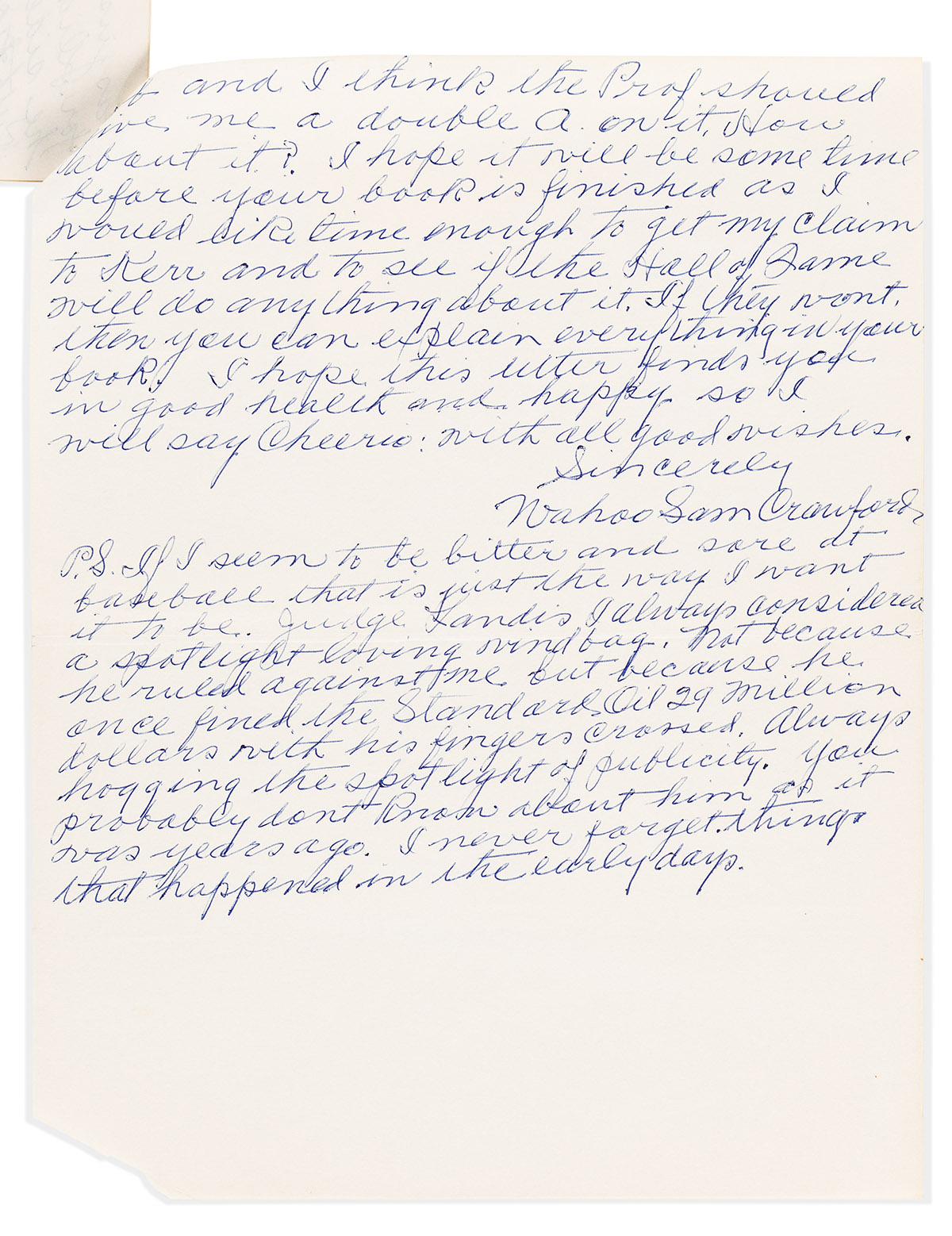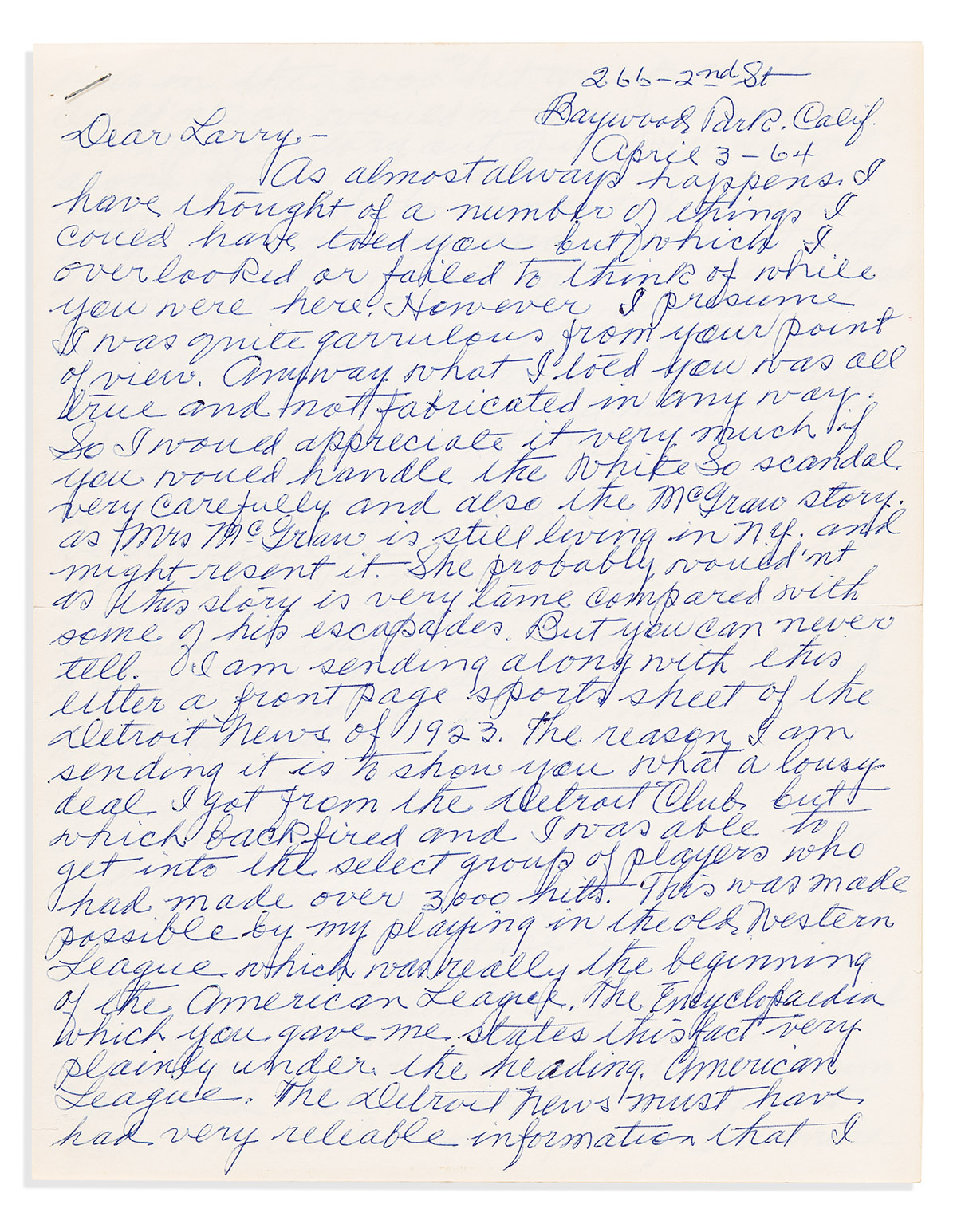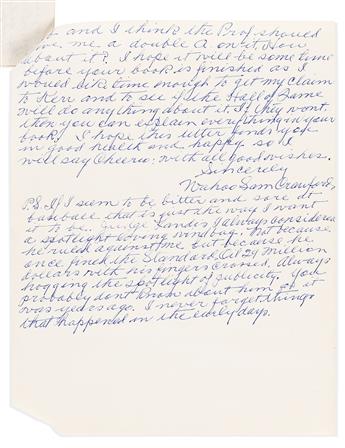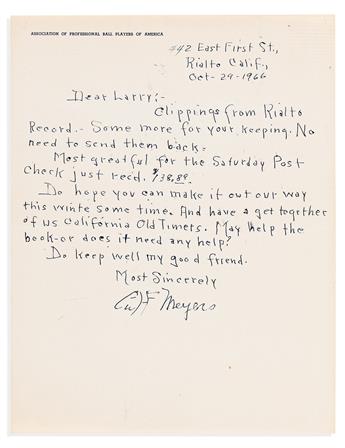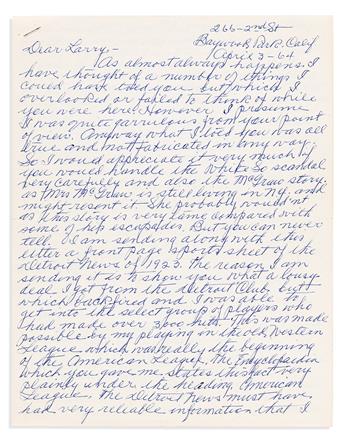Sale 2708 - Lot 180
Estimate: $ 1,500 - $ 2,500
Additional Details
Also in This Catalogue
-

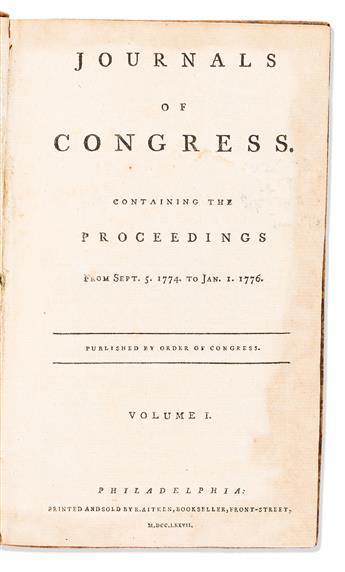 Lot 9(AMERICAN REVOLUTION--1775.) Journals of Congress, Containing the Proceedings from Sept. 5, 1774 to Jan. 1, 1776.Estimate $1,500 - $ 2,500
Lot 9(AMERICAN REVOLUTION--1775.) Journals of Congress, Containing the Proceedings from Sept. 5, 1774 to Jan. 1, 1776.Estimate $1,500 - $ 2,500 -

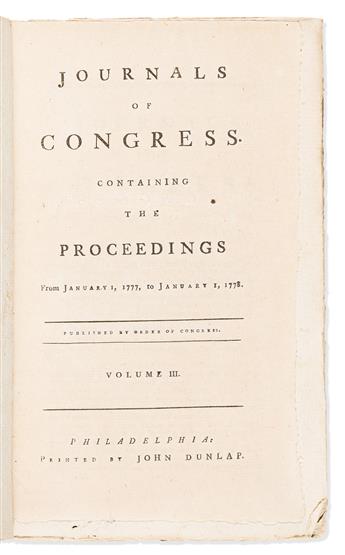 Lot 15(AMERICAN REVOLUTION--1777.) Journals of Congress Containing the Proceedings from January 1, 1777, to January 1, 1778...Estimate $1,500 - $ 2,500
Lot 15(AMERICAN REVOLUTION--1777.) Journals of Congress Containing the Proceedings from January 1, 1777, to January 1, 1778...Estimate $1,500 - $ 2,500 -

 Lot 23(ARCHITECTURE.) John Talcott Wells. Pair of his famed truss barn designs--including his very first.Estimate $1,500 - $ 2,500
Lot 23(ARCHITECTURE.) John Talcott Wells. Pair of his famed truss barn designs--including his very first.Estimate $1,500 - $ 2,500


